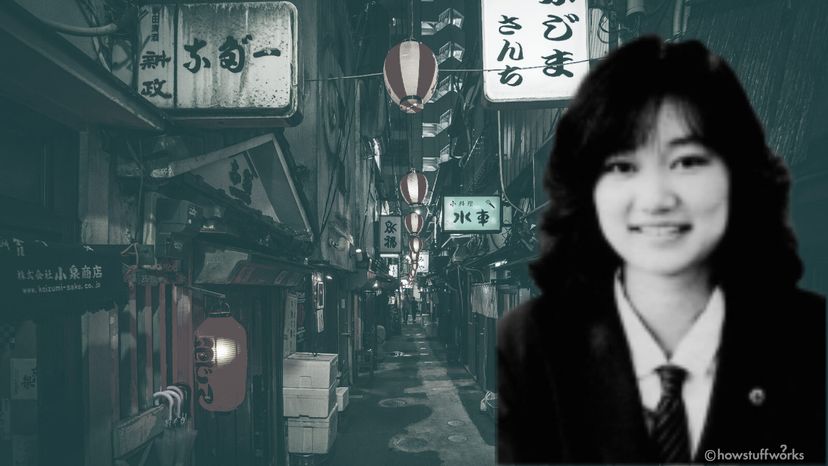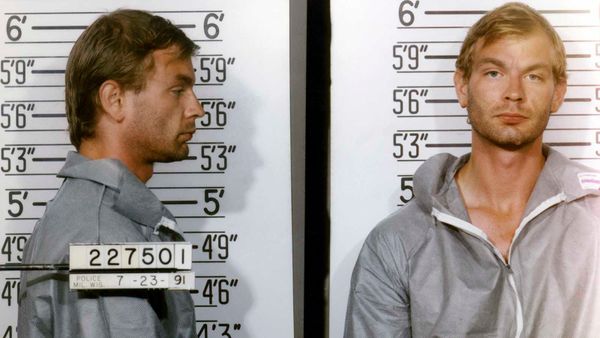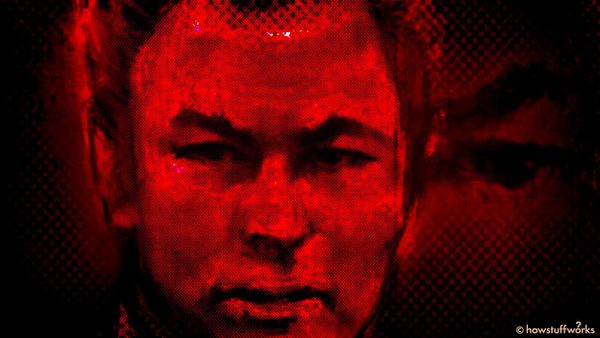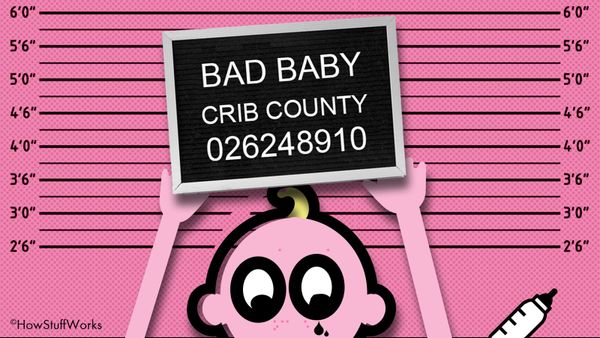
Key Takeaways
- Junko Furuta, a Japanese high school student, was abducted and subjected to extreme torture and rape by four teenagers over a period of 40 days in 1988.
- Despite the severity of their crimes the perpetrators received surprisingly lenient sentences due to their minor status and alleged remorse.
- The case sparked ongoing debate about the adequacy of Japan's juvenile justice system in dealing with violent crimes committed by youths.
Japan and the United States are two of the only industrialized democratic nations in the world that continue to execute criminals. And courts in both countries have even handed down death penalties to criminals who were minors when they committed their crimes. In 2011, for example, three Japanese men were sentenced to death for committing four murders when they were still legally underage.
And yet the four Japanese men convicted of one of the most heinous crimes in recent Japanese memory — the brutal murder of 17-year-old Junko Furuta in 1988 — were handed relatively light prison sentences and set free to offend again.
Advertisement
Why didn't Junko Furuta and her family receive justice? And what changes have been made to Japanese juvenile law to ensure that violent criminals of any age are held accountable?
Advertisement


